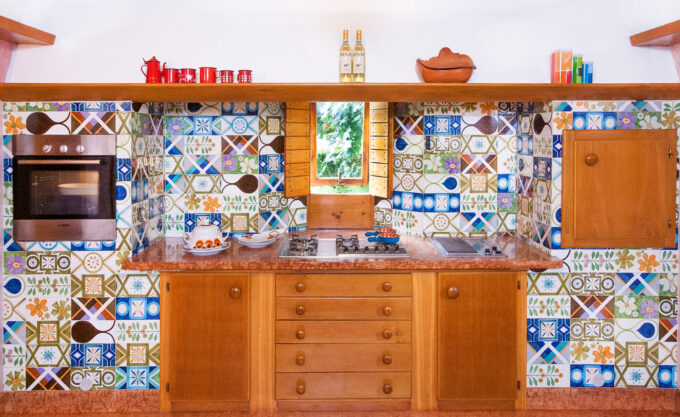LA VILLA FROM DESIGN, ARCHITECTURE AND SOCIETY’
- December 10, 2024
La villa ospite all’interno di una mostra che racconta, attraverso le opere di diversi architetti, non solo la storia dei progetti ma anche il ritratto di una una generazione di committenti.





A dense and unique event and exhibition. Telling the story of a territory and an era through the relationship between designers and clients. On the one hand, architects trained in a certain school, dall’altra un nuovo ceto emergente del dopoguerra desideroso di essere rappresentato da oggetti ed architetture.
[e]DesignFestival, al suo quinto anno di vita, ne fa un’altra delle sue realizzando una mostra azzeccata perché racconta di progetto, di storia locale (and not) e di società per spiegare la trasformazione di un territorio.
Villa Bornello, drawn by one of the protagonists, Roberto PamiO, and by Renato Toso, participate with drawings, oggetti e talks, at an event featuring six architects and, potentially, thousand clients. Many of the latter are born at the turn of the years 20 e 30. They are teenagers when they live with the Germans and avoid Allied bombs. Dopo una guerra l’occasione è data da un’economia che riparte. They are lucky enough to be able to rebuild. A 30-40 anni vivono il piano Marshall ed il boom economico. Sometimes without too much schooling, they understood, willpower and religion of work. Un Dna tutto Veneto a bagno in un dialetto per loro lingua nativa che lubrifica le trattative e cementifica le amicizie, which changes meaning in Italian: ‘Arrivismo’ non come opportunismo, utilitarianism, selfishness but as redemption, self-esteem. Arriving removes the rubble of poverty, of a large recent emigration, of a conflict whose echoes are still heard. E’l habitus by Bordieu, a role related to one's work, to a social position thanks to goods, practices and circles of people. Wealth and social recognition for a generation that is unique in its own way, not so much for the results achieved by some, as well as because widespread capitalism was born with them. Before them an agricultural Veneto, few large industrial companies, a discreet illiteracy; for many others the first class would have cost a thousand lire and the second one hundred, the third pain and fear.
The house is born & càpanon che Paolini racconta a teatro, then the North East model, the districts with all their strength and limitations.
We need something to testify, how celebrated, what guests, that sells. The exhibition tells of villas, factories, condominiums, monumenti funebri, (but also of public works) e prodotti di quell ‘ “industria diffusa dei beni di consumo a medio contenuto tecnologico, ma ad alto contenuto di immagine” come dice Masiero, entrusted to architects who interpret the style and expectations of private clients or companies.
Una mostra da visitare più volte visto l’allestimento volutamente dinamico e zeppo di dettagli. Un viaggio all’interno della seconda metà del ‘900 locale, ma da un’ottica nuova e diversa.














































